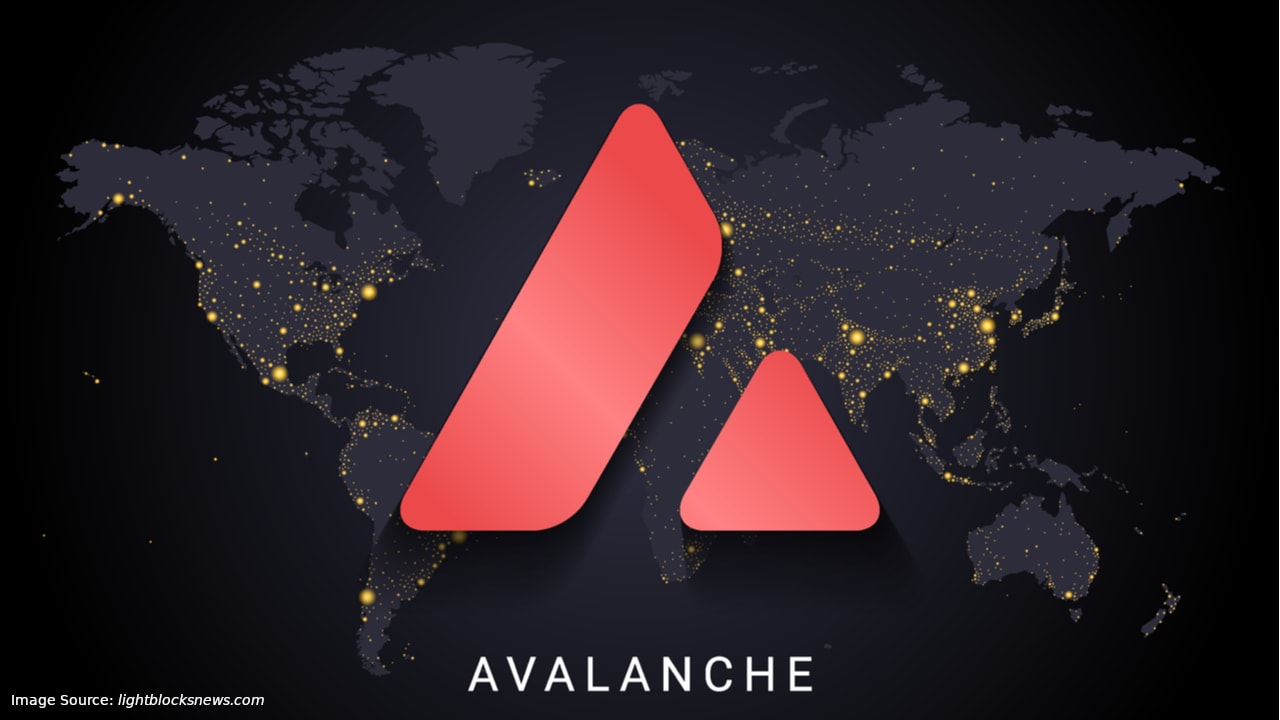CEX Activities on Avalanche Blockchain
In this dashboard, the broad activities of central exchanges on the Avalanche block have been investigated.


A Brief Introduction to the Avalanche and CEX Exchanges
Avalanche is a blockchain platform that was only introduced in 2020. It was developed by a group of programmers under the direction of Cornell University computer science professor Emin Gün Sirer. Avalanche's blockchain is made to be extremely scalable and able to handle thousands of transactions per second. It employs Avalanche-X, a consensus technique that combines Proof of Work and Proof of Stake.
The capacity of Avalanche to facilitate the design and execution of smart contracts is one of its core characteristics. Decentralized applications (dApps) can now be produced by developers and used on the platform. The platform also facilitates the creation and exchange of digital assets, such as stablecoins and cryptocurrencies.
Avalanche is a decentralized platform in terms of its governance structure, which means that there isn't a single entity in charge of it. Token holders can vote on proposals during a community governance process, which determines how the platform will grow.
There are various well-liked solutions available for the central exchanges that trade Avalanche (AVAX). In addition to Binance, Coinbase, Kraken, Huobi, and Bitfinex, some of the biggest and most recognized exchanges that handle AVAX trading are also included below. Users may purchase and sell AVAX on these exchanges, as well as trade it for fiat money and other cryptocurrencies. It is important to note that there are hazards associated with trading on centralized exchanges, including the possibility of hackers or other security breaches and the chance of losing money due to price volatility.
The first task of this dashboard was identifying the CEX exchanges in the avalanche.core.dim_labels table. The output CEX exchanges are binance, bitfinex, coinbase, coinsquare, and huobi. The primary purpose of this dashboard is to make a thorough analysis of these five exchanges.
First, the number of transactions and the total volume of AVAX between these dashboards have been compared. Moreover, the volume of AVAX flowing into and out of each exchange has been derived and compared.
Later on, the number of active users - based on the criterion that each user has made transactions at least ten days in the past six months are considered active users - has been explored for all the exchanges. The total number of users has also been displayed in some cases in order to compare the proportion of all users and active users among these exchanges.